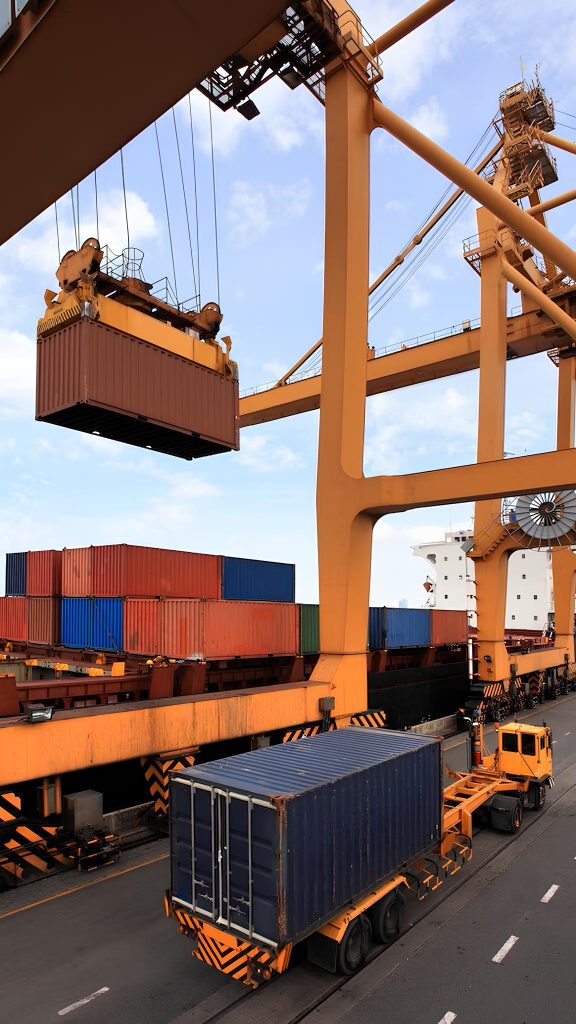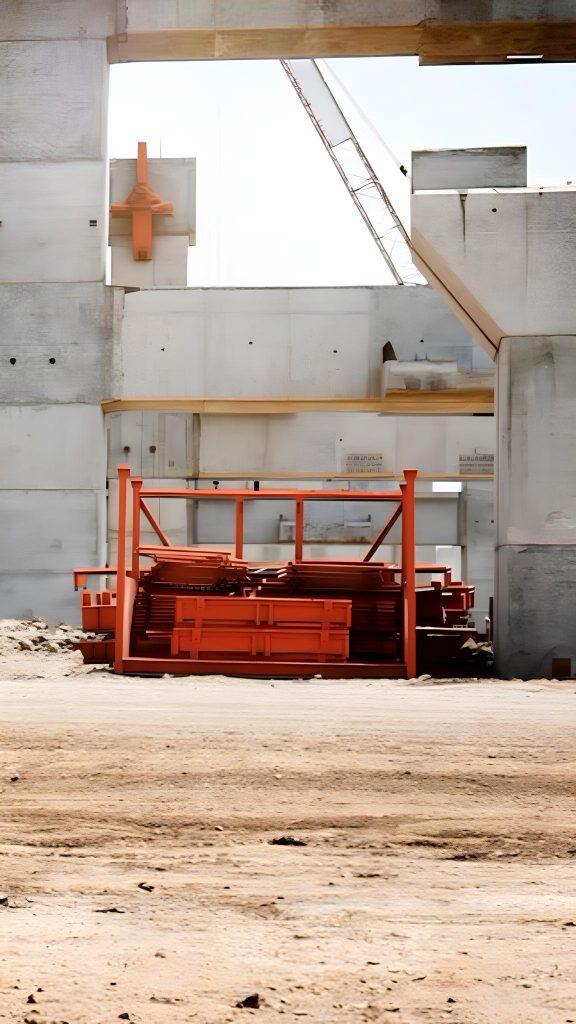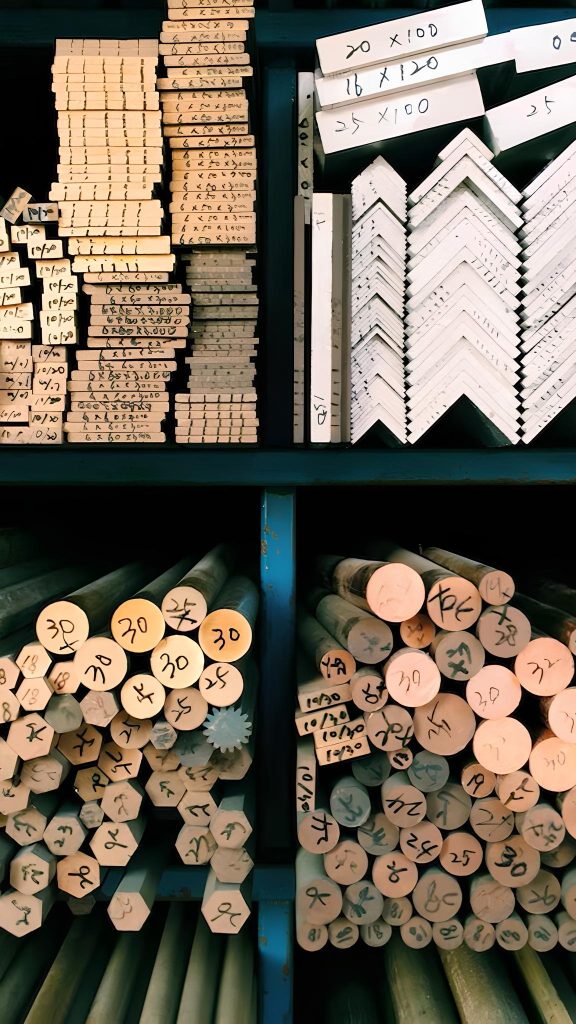Is There Still a Shortage of Building Materials?
The building materials industry has gone through major changes in recent years. Global supply chain disruptions, rising demand for housing and infrastructure, and economic ups and downs have made it harder for companies to get the materials they need. Many construction firms, contractors, and suppliers have faced delays, increased costs, and unexpected shortages of essential items like lumber, steel, and cement.
These issues have caused serious challenges for both small and large construction projects around the world. While some markets have seen improvements, others are still struggling to recover. So the question remains: In 2025, is there still a shortage of building materials?
This article offers a clear and updated overview of the current situation. We’ll look at which materials are still hard to find, why these shortages continue, and what steps builders and suppliers can take to reduce delays and stay competitive.





